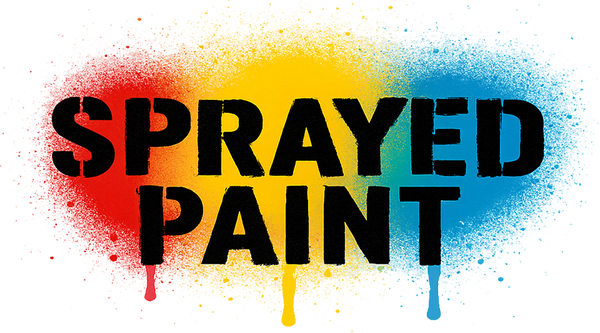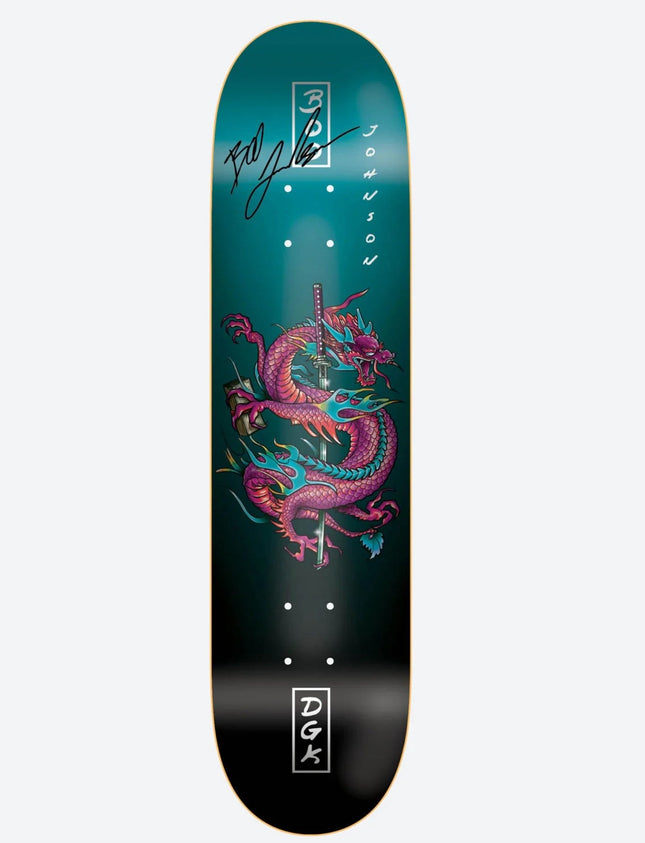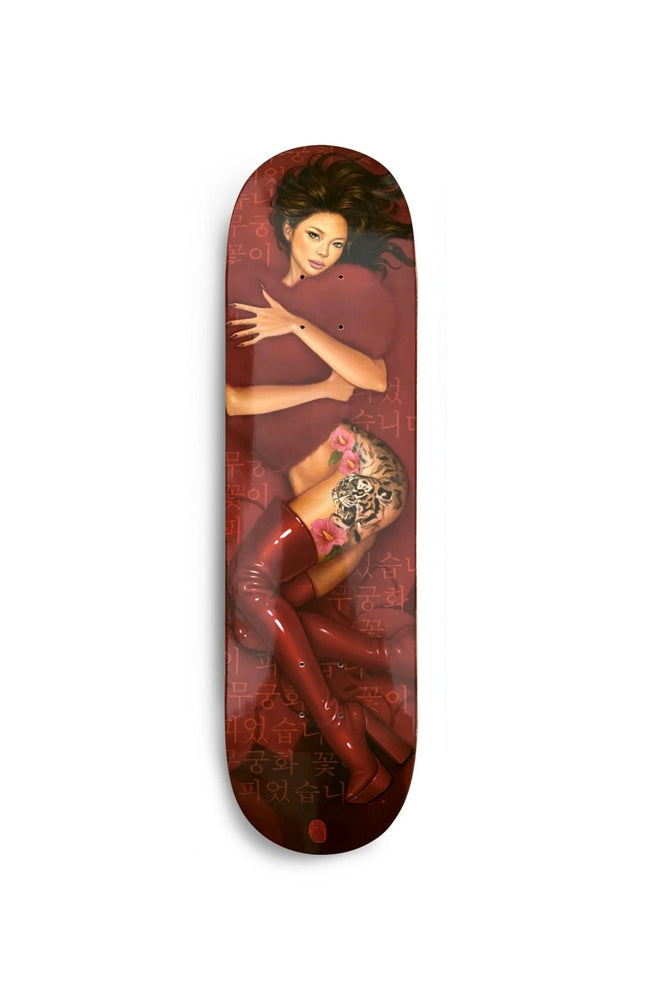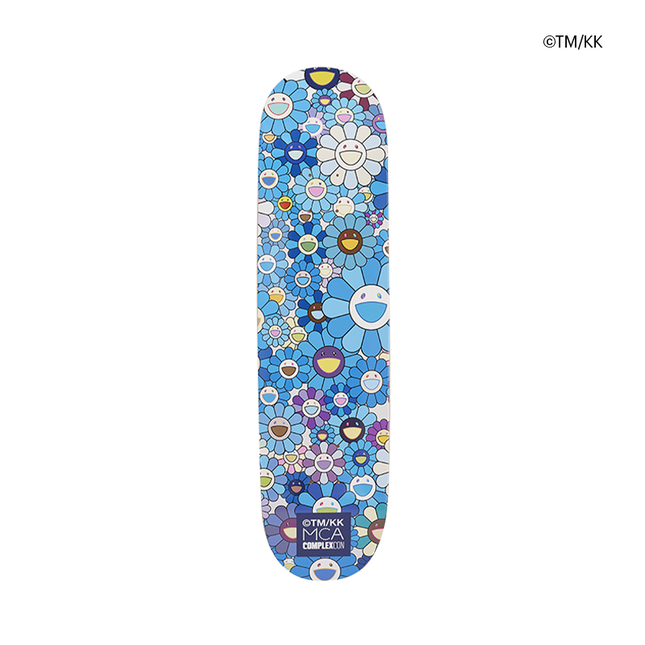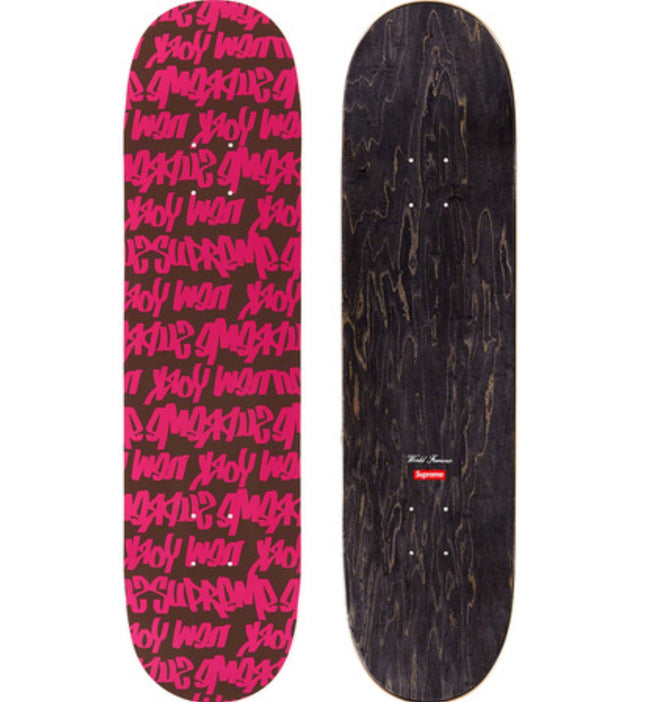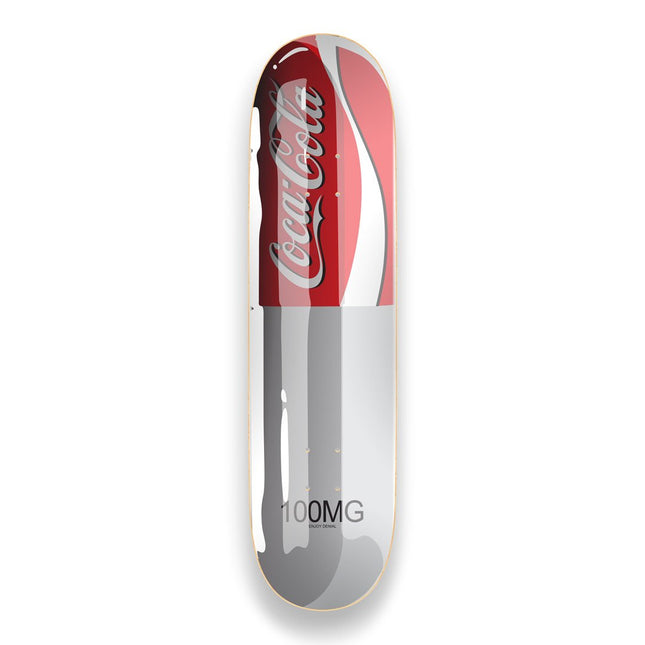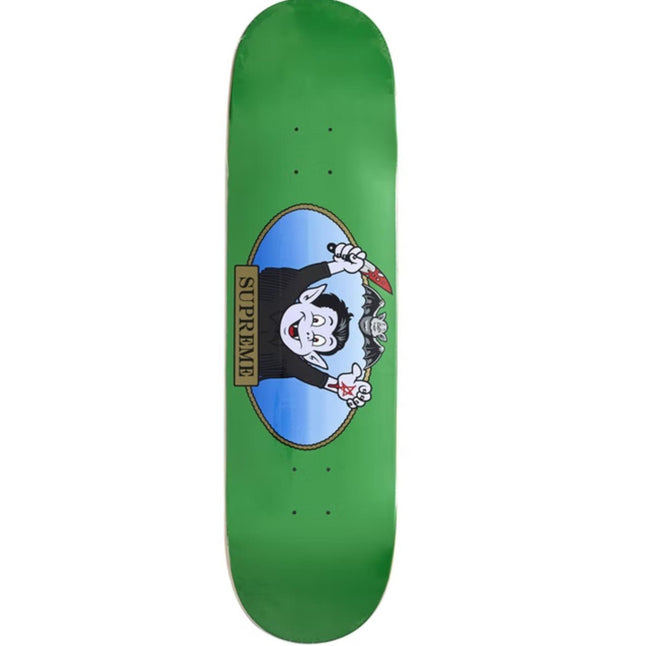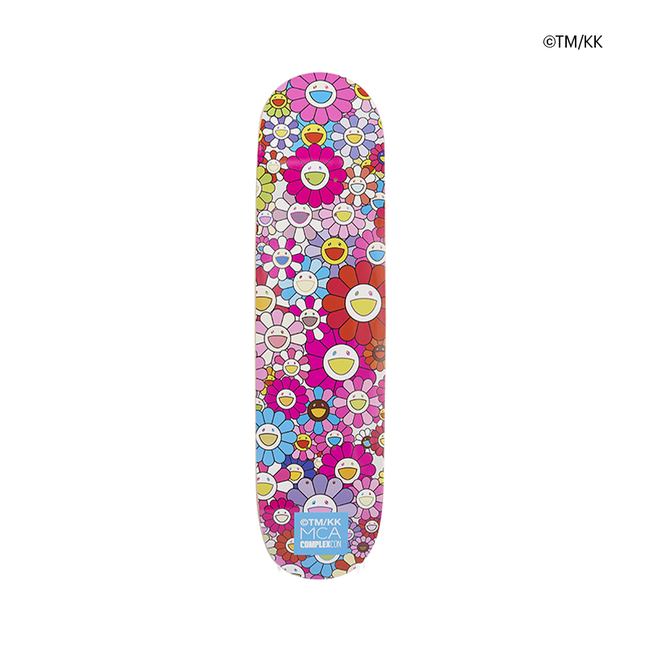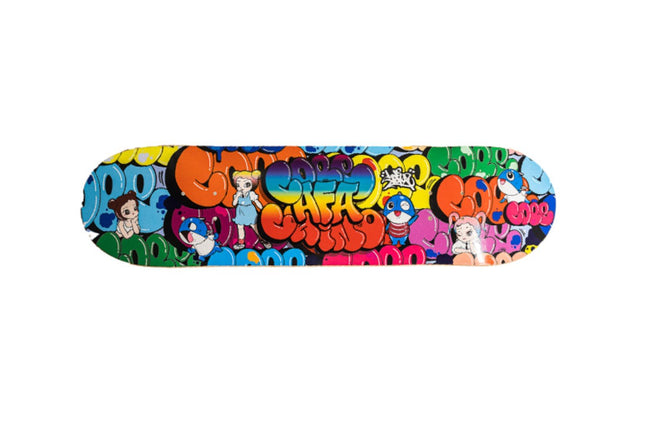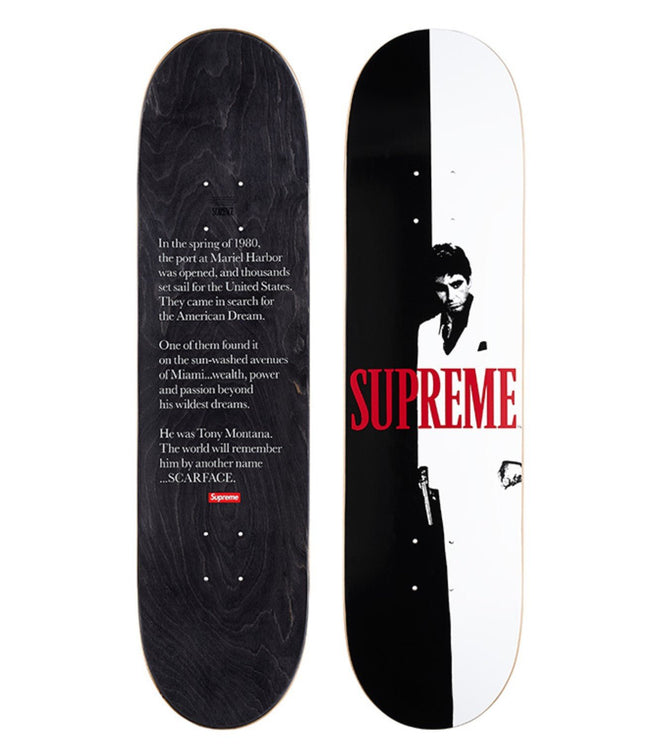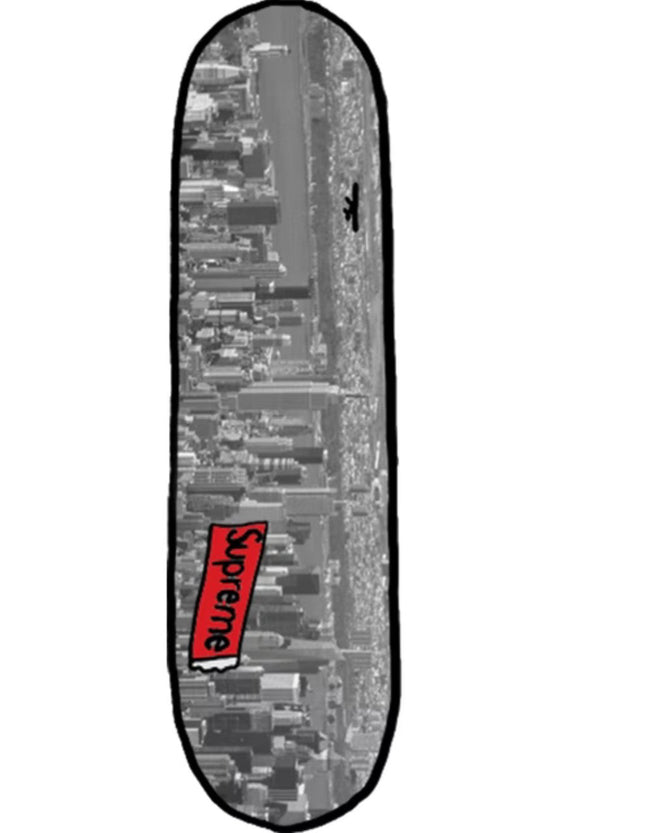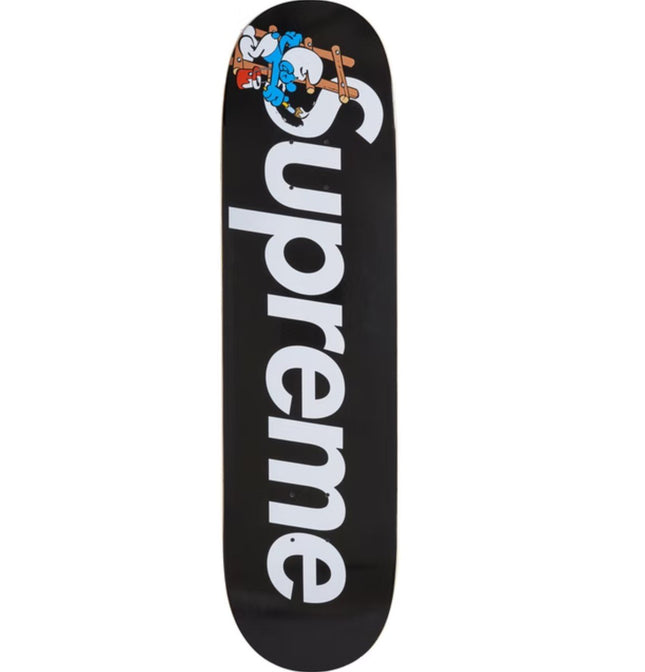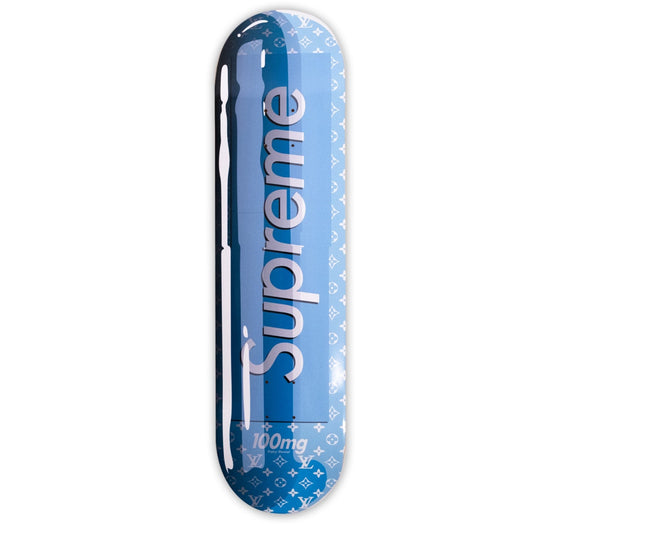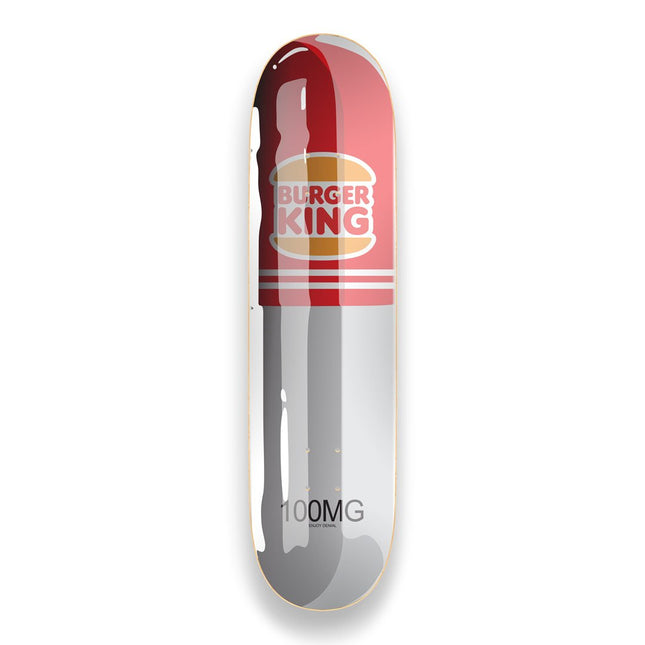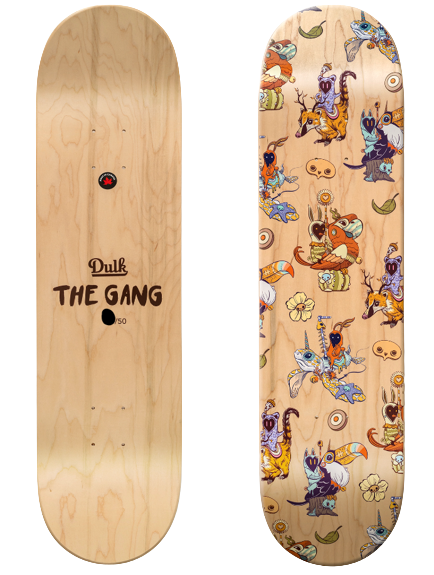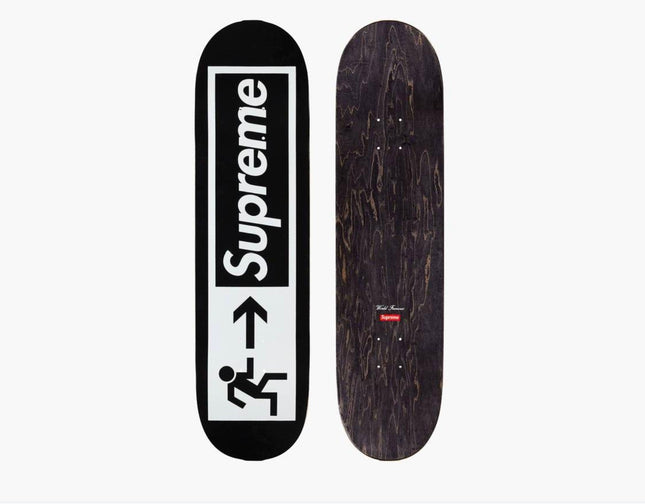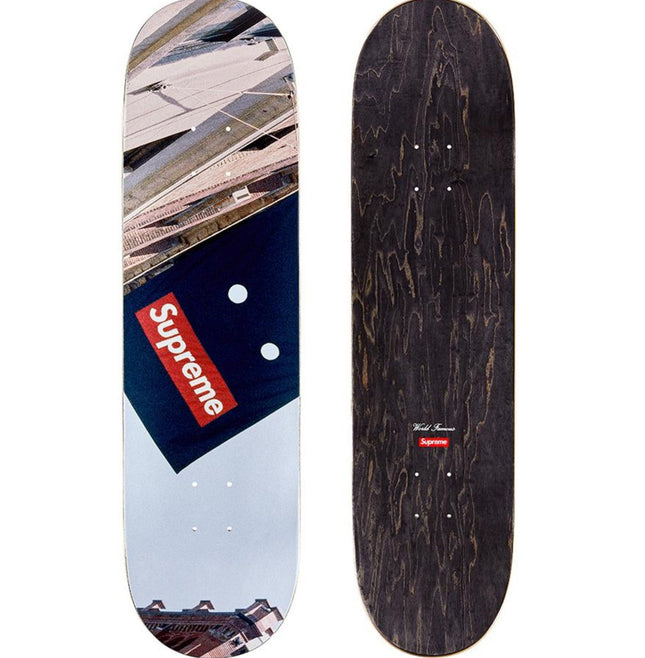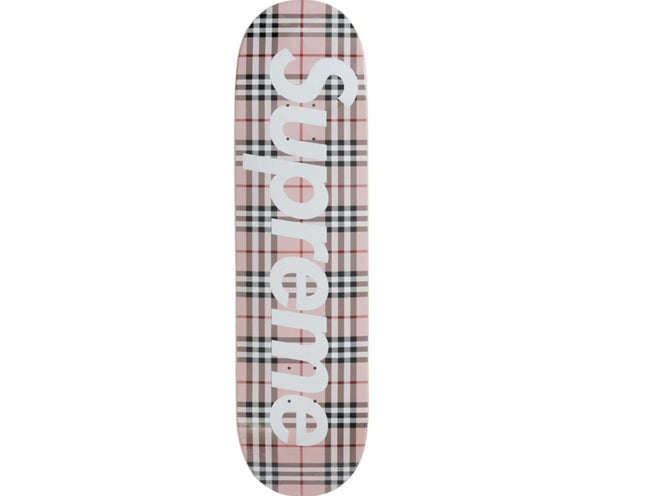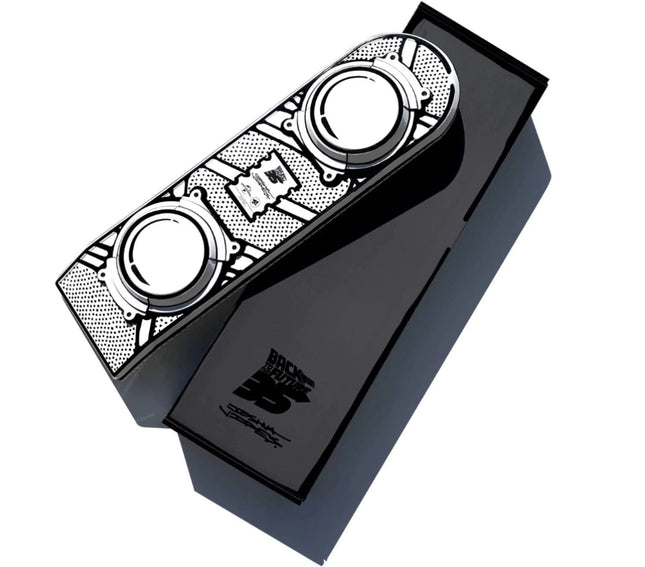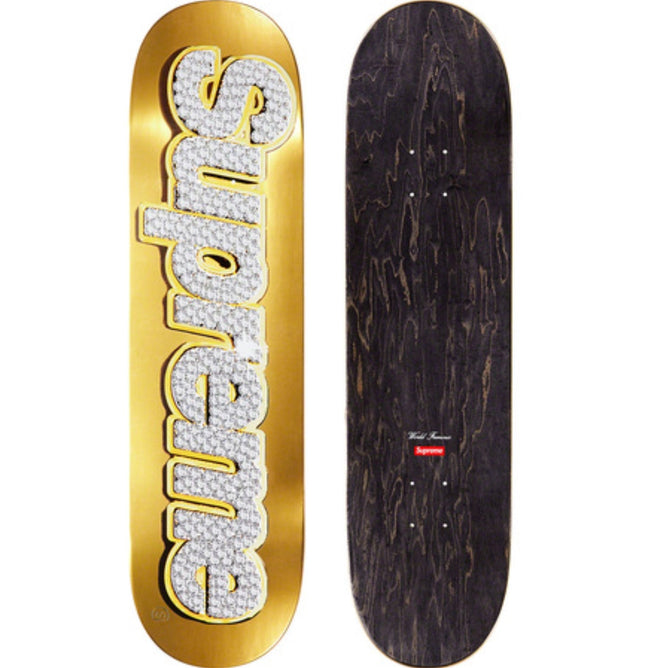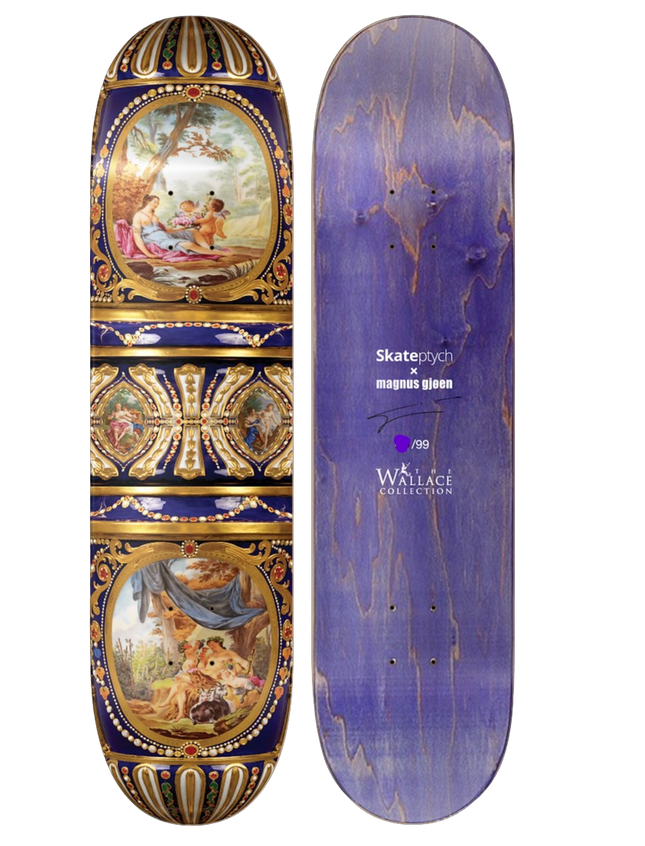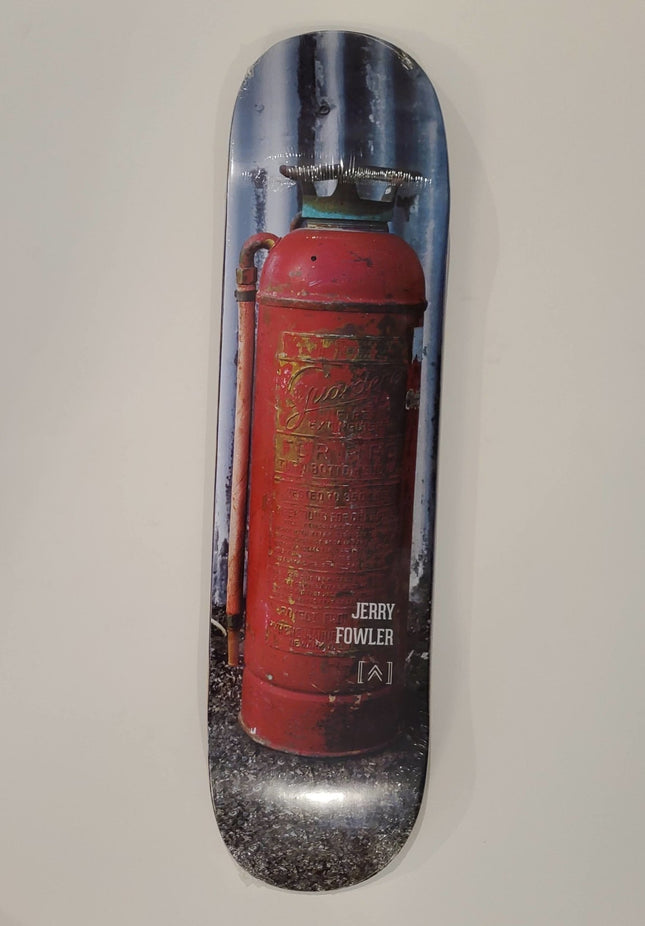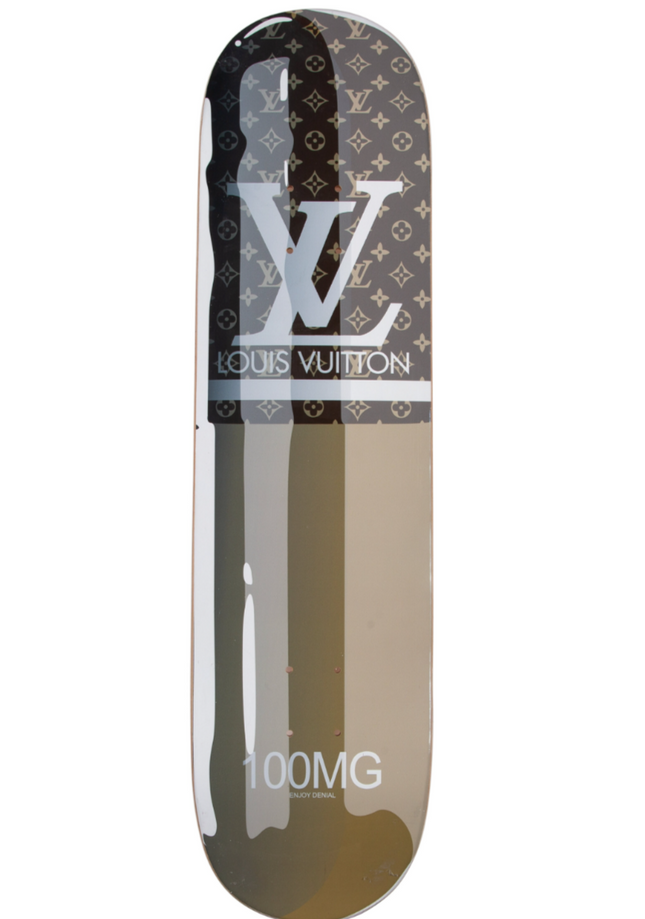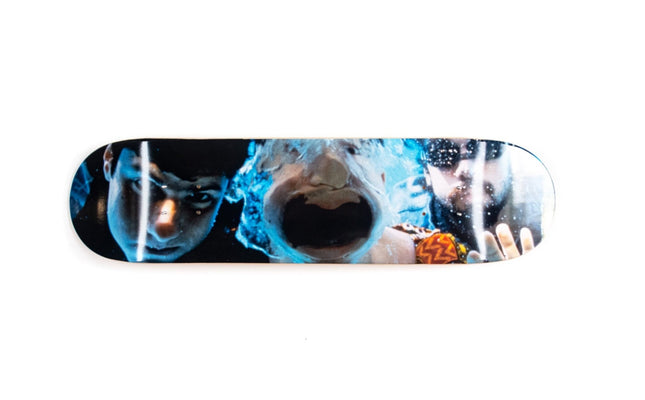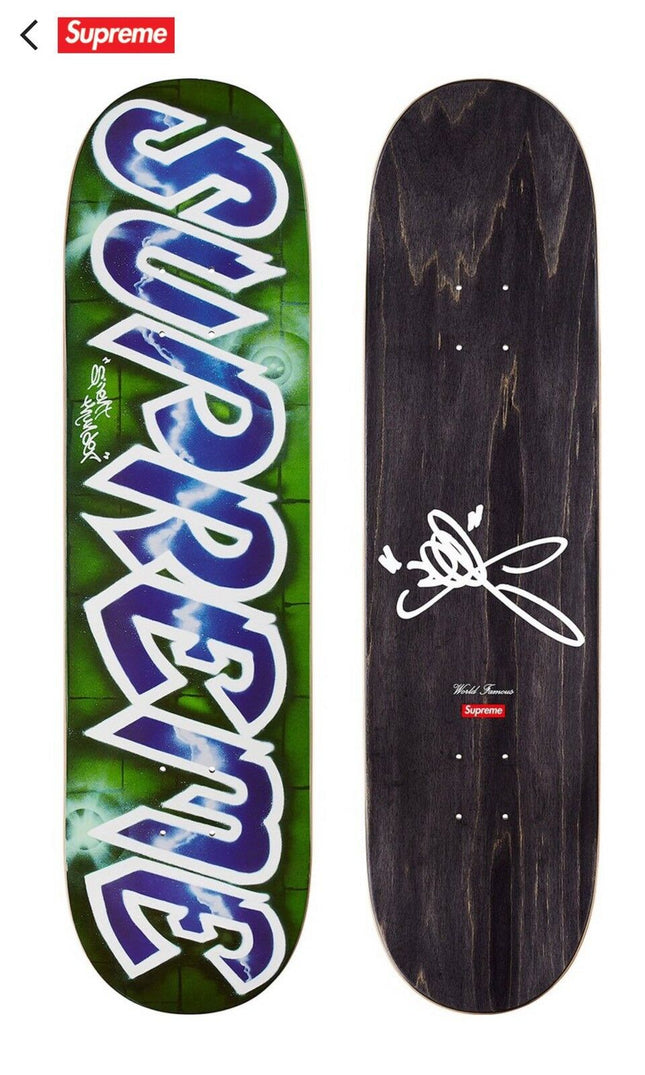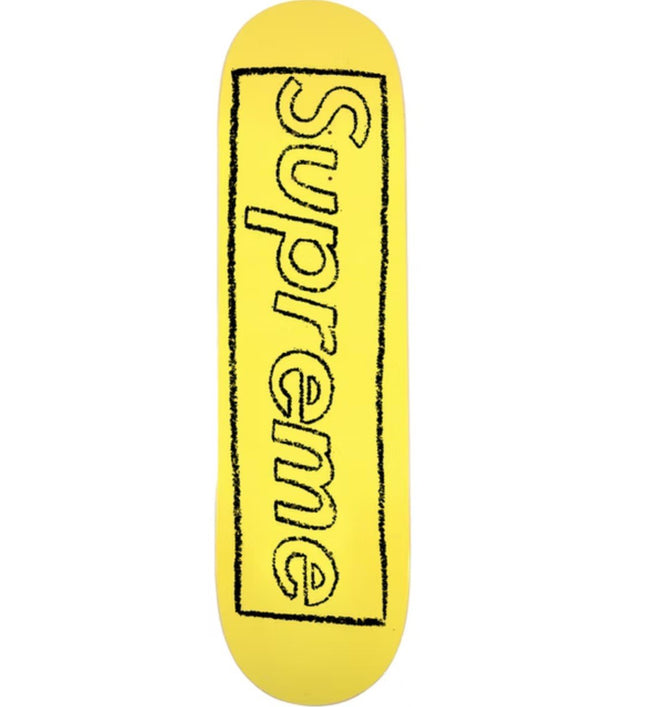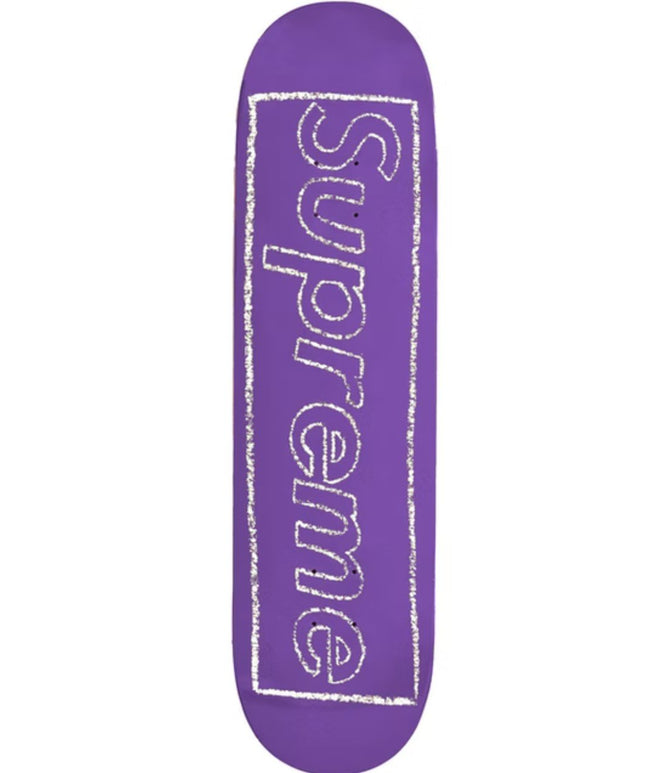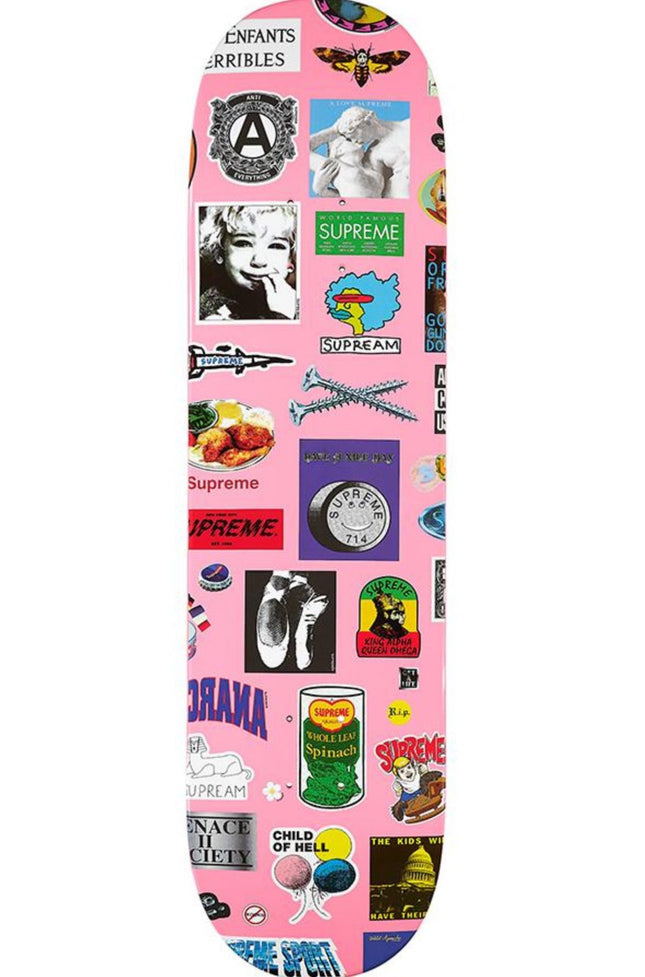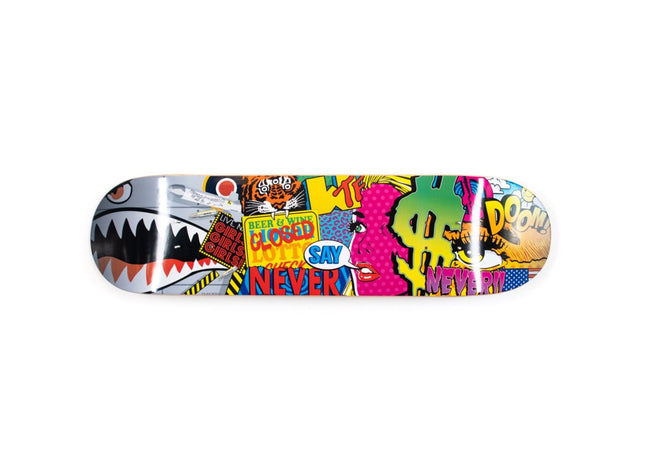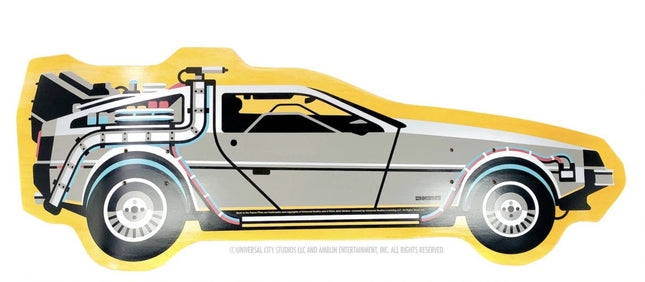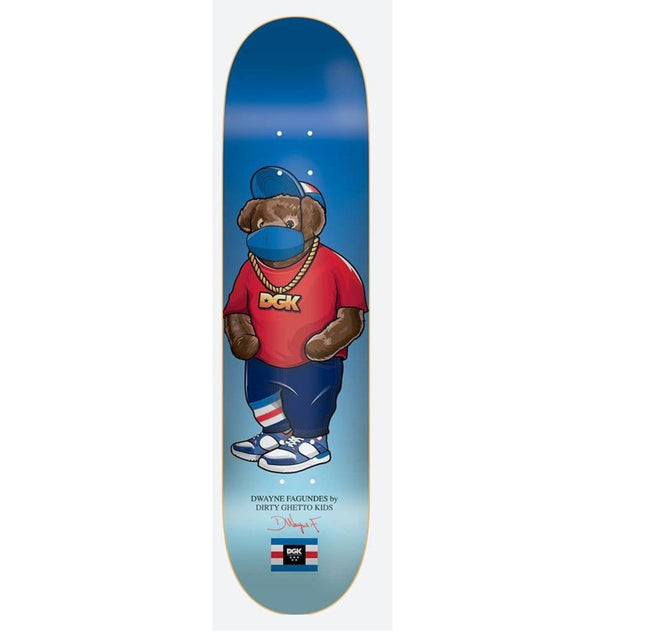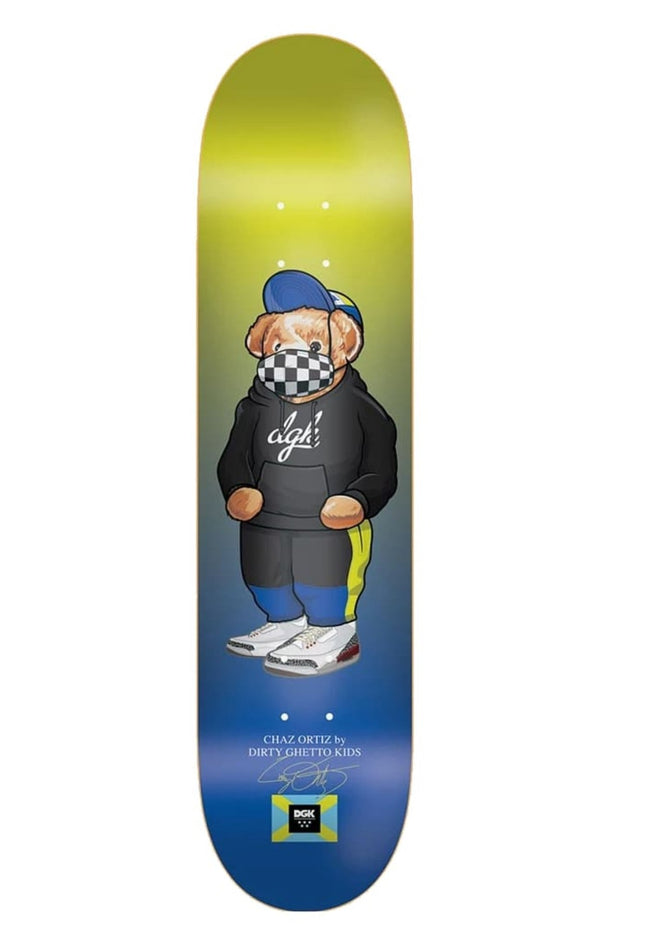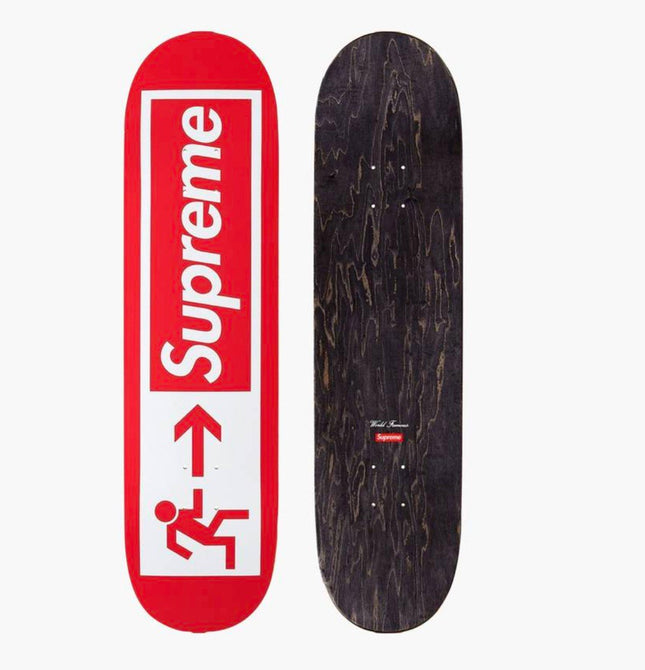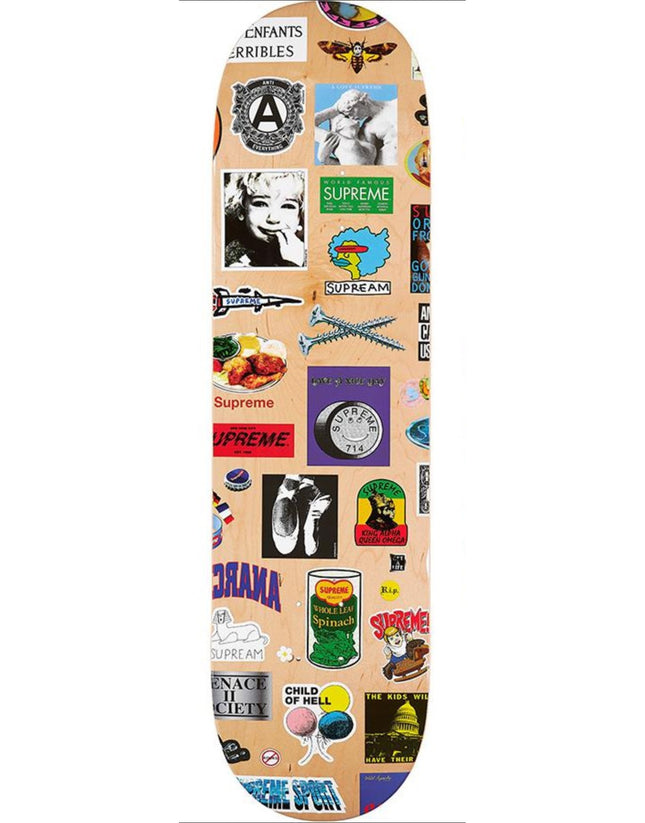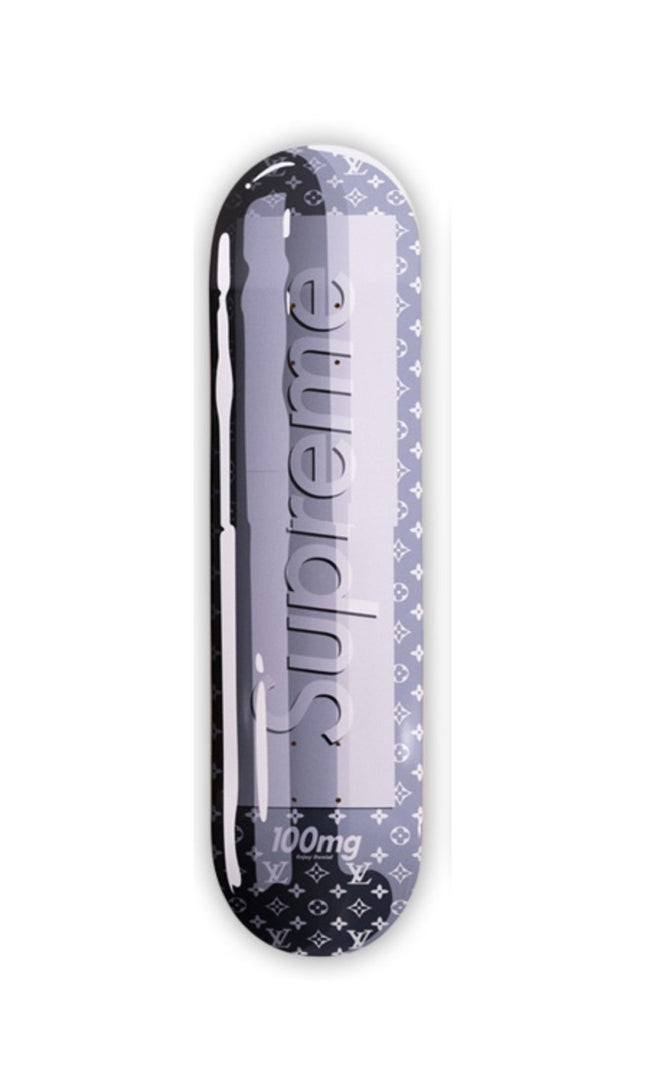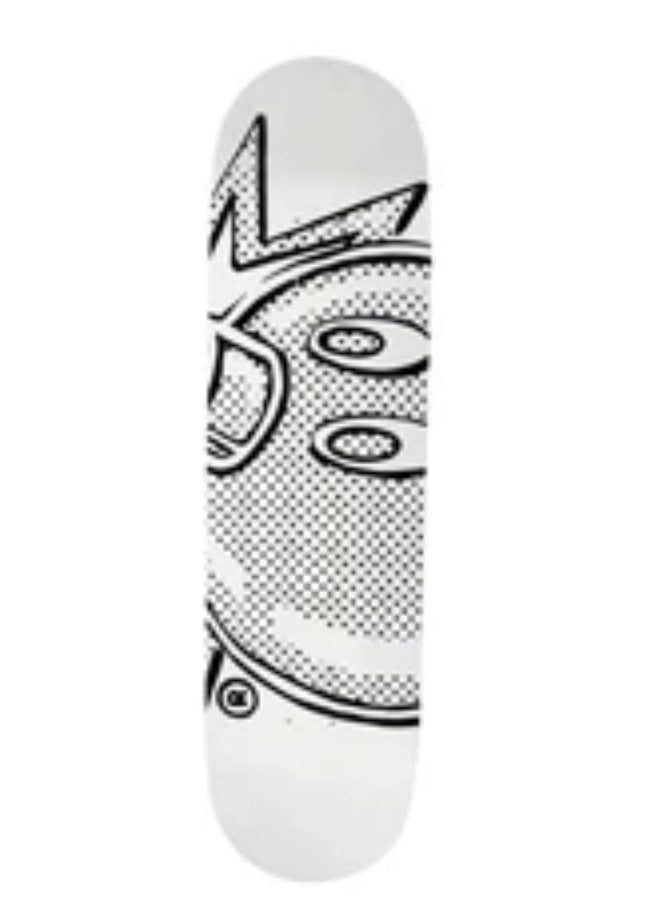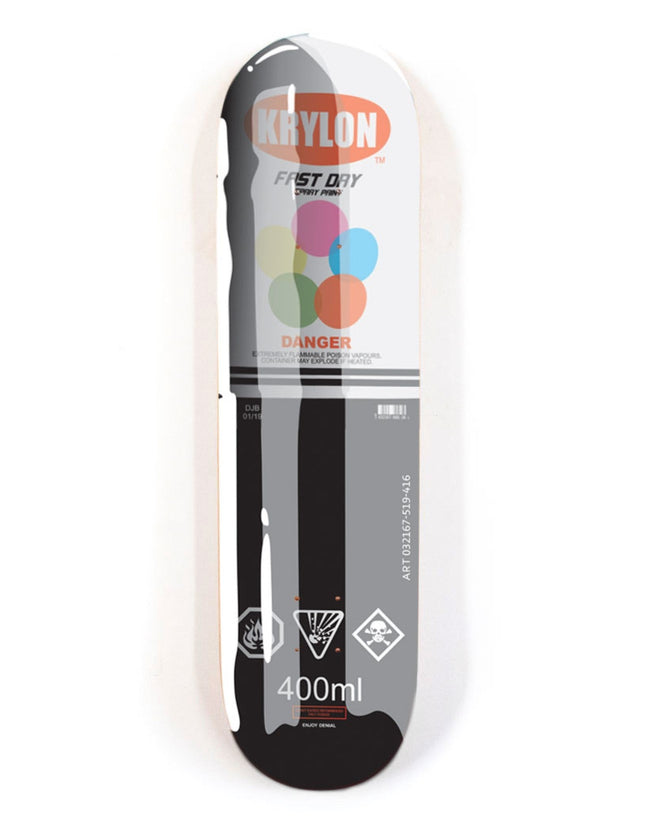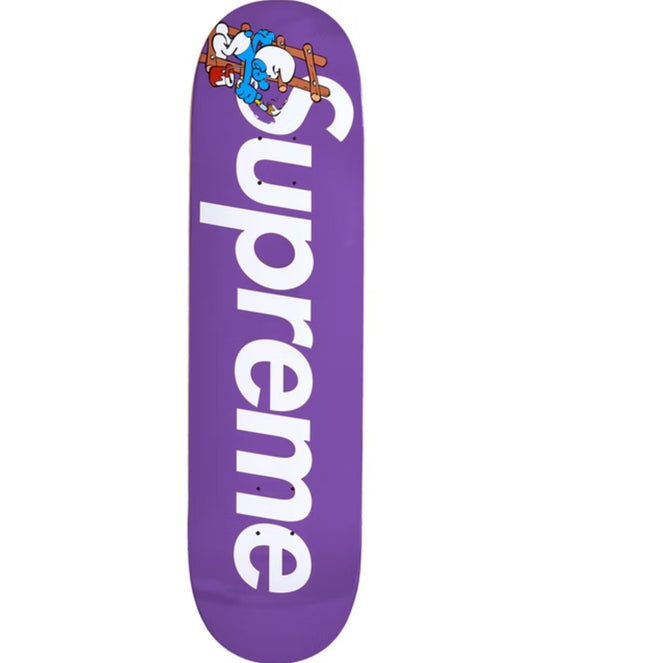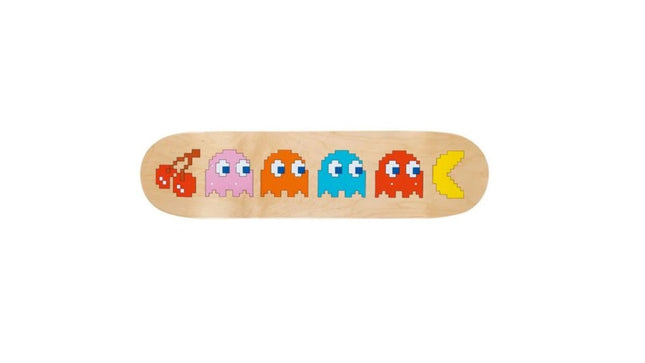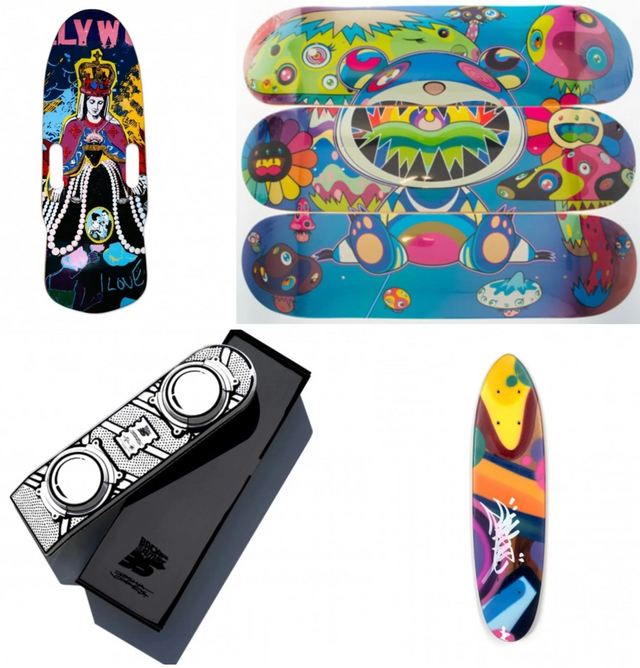
Skateboard Art Decks and Their Cultural Significance
Skateboard art decks have become a dynamic fusion of functionality and self-expression, serving as moving canvases that blend street art's rebellious spirit with pop art's aesthetic innovation. These decks, once mere wooden planks, have evolved into objects of cultural significance, reflecting the individuality of riders and the artistic pulse of the communities they glide through. Historically, the artistry on skateboard decks began as simple logos and brand names, but it quickly grew into a subculture of its own. As skateboarding's popularity surged in the late 20th century, so did the complexity and creativity of deck designs. Artists saw these decks as an opportunity to broadcast their work to a broader audience, often incorporating elements from graffiti, pop culture, and contemporary graphic design. The streets, the natural habitat of skateboarders, have long been the galleries for graffiti artists. It was inevitable that the two would collide, resulting in skateboard decks adorned with artwork that echoes the visual language of the streets. This synergy has catapulted skateboard decks into Street Pop Art and graffiti Artwork, with each deck reflecting a story, a statement, or a manifesto.Skateboard Art Decks Collaborations and Limited Editions
Collaborations between skate companies and illustrious artists, designers, and cultural icons have enriched the world of skateboard deck art. These partnerships have produced limited edition decks that are as much a collector's item as street-worthy gear. The limited availability and unique designs contribute to their allure, turning them into coveted pieces for art collectors and skateboarding enthusiasts alike. For many, the skateboard deck is a means of personal expression. Skaters choose or design decks that resonate with their identity, beliefs, and aesthetic preferences. The art on these decks ranges from abstract compositions to hyper-realistic graphics, from politically charged messages to whimsical illustrations, showcasing the diverse interests and creativity of the skateboarding community. The process of creating skateboard art is as varied as the imagery itself. From hand painting to digital printing, from screen printing to airbrushing, artists employ many techniques to bring their visions to life on curved wooden surfaces. Advances in materials and printing technology have further expanded the possibilities, allowing for high-resolution imagery and intricate designs that withstand the wear and tear of skateboarding.Cultural Impact and Mainstream Acceptance
Skateboard deck art has not only elevated the cultural status of skateboarding but also brought it into mainstream consciousness. Art exhibitions in galleries and online have started to feature skateboard decks, recognizing them as legitimate canvases for contemporary art. This has opened up new avenues for artists to explore and provided a platform for the skateboarding culture to be celebrated and understood. As skateboarding culture continues to evolve, so will the artistry of skateboard decks. The future promises a continuation of this rich tapestry of visual storytelling, with emerging artists and technologies bringing new dimensions to this vibrant art form. The skateboard deck, once a humble piece of sports equipment, has firmly established itself as a mobile, dynamic medium for Street Pop Art and graffiti Artwork, continuing to push boundaries and challenge conventions. In conclusion, skateboard art decks are a testament to the creativity and innovation that flourish at the intersection of street culture and visual art. They encapsulate the essence of street pop art and graffiti, transforming everyday objects into extraordinary pieces of art that travel the streets, skate parks, and galleries, carrying with them the indomitable spirit of skateboarding and street art.
